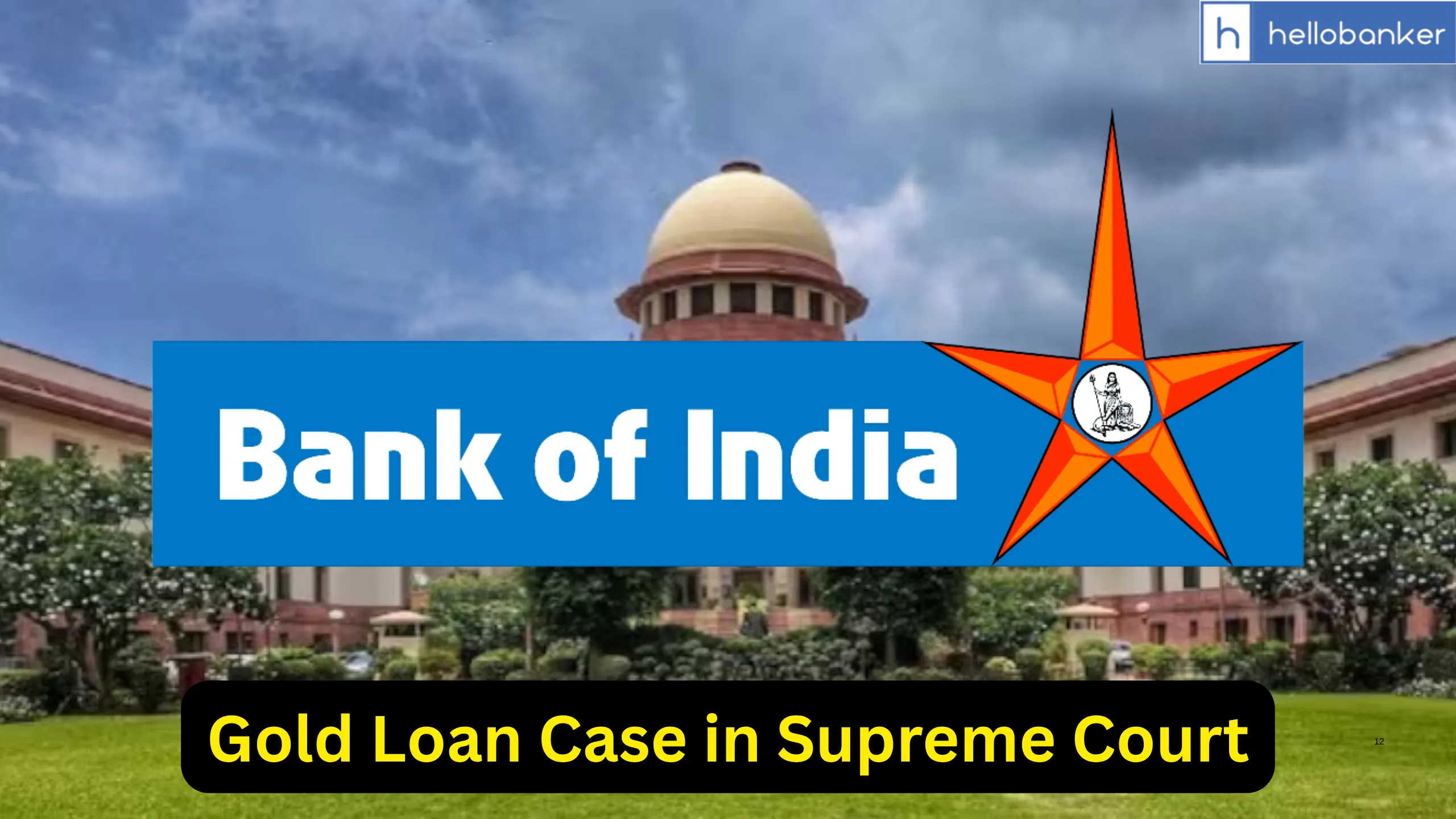| ➡️ Get instant news updates on Whatsapp. Click here to join our Whatsapp Group. |
A businessman was in need of certain funds which he secured by way of a loan from the Bank of India, Motijhil Branch. Having pledged 254 grams of 22 carat gold ornaments by way of security, a loan of ₹ 7,70,000 was made in his favour, on 22nd July, 2020. The dispute arises when it comes to the repayment of this loan. According to the appellant, upon receipt of notice dated 7th October, 2022 from the bank asking him to pay a sum of ₹ 8,01,383.59, which included interest, he repaid the same as on 31st March, 2023. Unbeknownst to him, the bank conducted a revaluation of the gold pledged by him and, to that end, deducted ₹ 1500 towards fees.
His applications for returning the pledged gold fell on deaf years. On the other hand, according to the bank, he did not pay the loan, because of which the gold became an asset of the bank. In order to realise the money involved in the transaction, the said gold was revalued and found to be counterfeit when it was allegedly reported by a valuer, different from the one who had originally valued the
appellant’s gold when the loan was made, that the material pledged was not gold in actuality but gold plated on top of other metals.
The Appellant also registered an FIR against the Branch and Credit Manager of the bank for offences under Sections 420, 406 and 34 of the Indian Penal Code.The Respondent(bank manager) approached the Patna High Court for quashing the FIR, which was allowed. SLP (Special Leave Petition) has been filed againt this. Now Supreme court has revived the FIR against Bank.
Court Order
A bench of Justice Sanjay Karol and Justice Manoj Misra said that the High Court had looked at the bank’s policy to prevent and detect fraud and also considered the removal of the first valuer. Based on this, the High Court concluded that the bank had no bad intentions. It also said that the person who filed the case (the appellant) had tried to get a loan from the bank with bad intentions.
But the Supreme Court judges said they couldn’t understand how the High Court reached this conclusion, because deciding someone’s intention requires actual evidence. They also questioned how the High Court decided that the appellant had a hidden motive without proof.
The Court further said that it’s still possible the bank was involved in misusing funds. The High Court didn’t properly consider this when it cancelled the FIR (police report). Also, the bank didn’t get a third party to verify the second valuer’s report. So, without looking at the full evidence, it can’t be said for sure that no one — either from the bank or the valuers — did anything wrong with the gold that was pledged by the appellant.
With this, the Supreme Court has revived the FIR against Bank.
